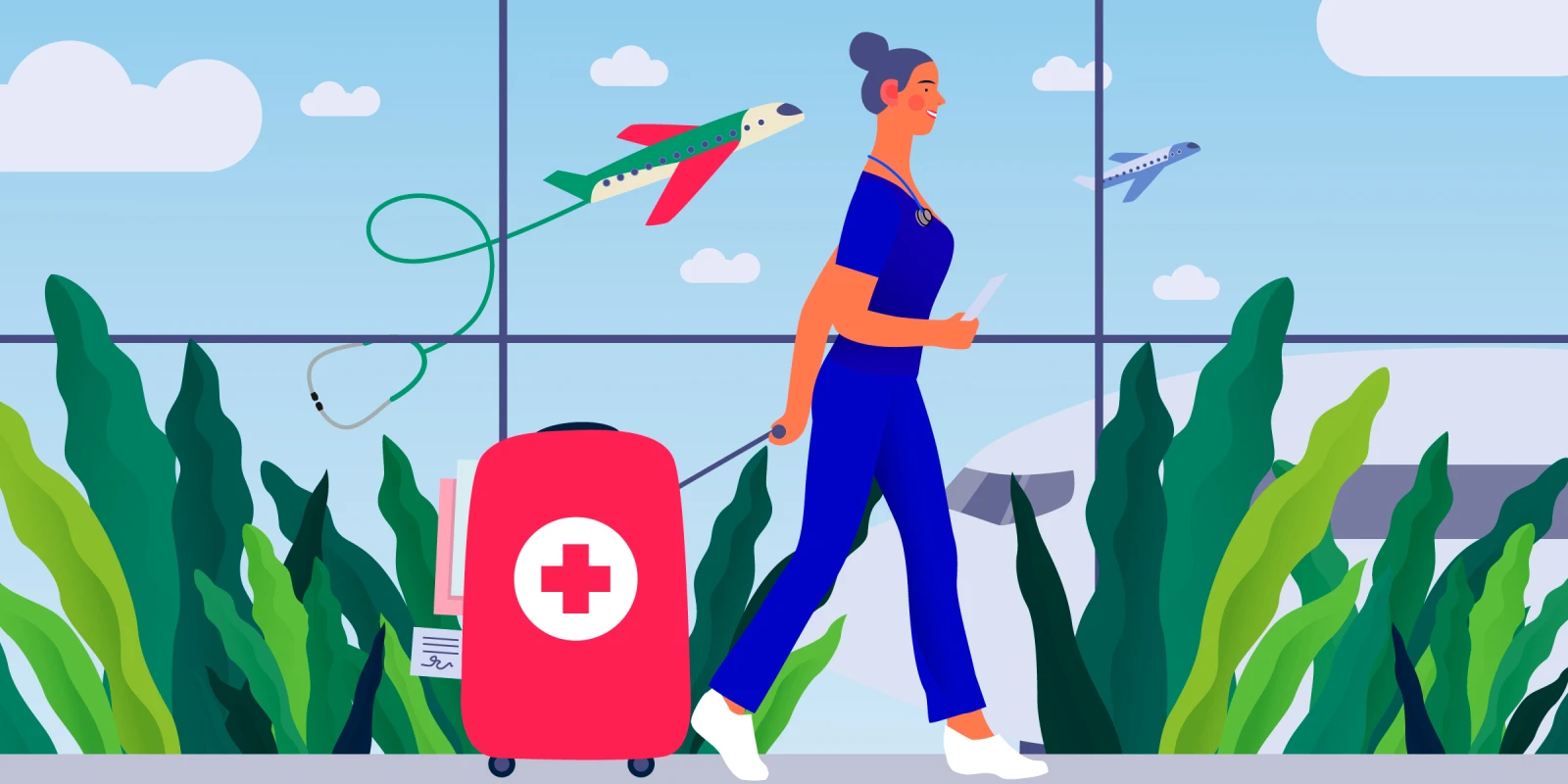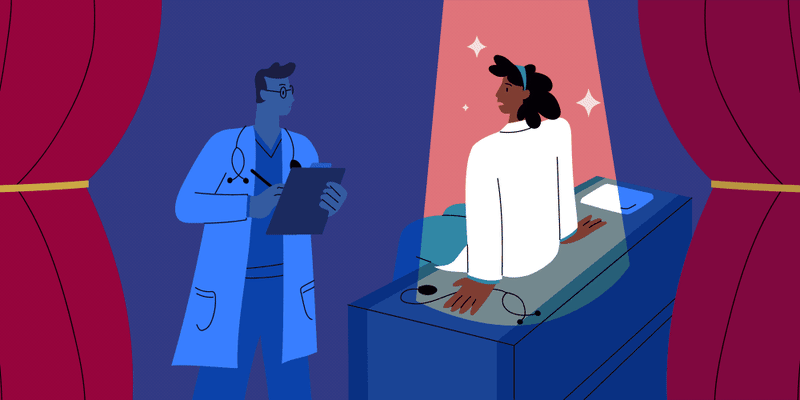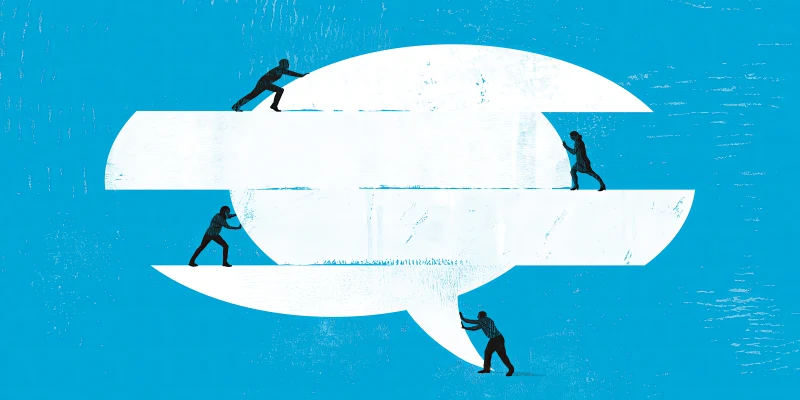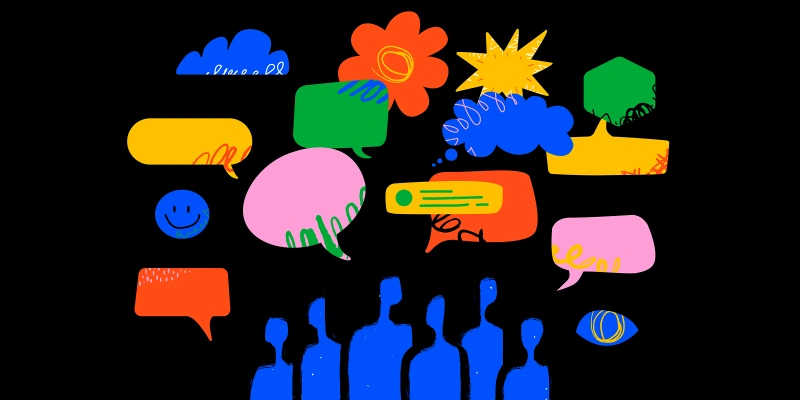When I was 5 years old, I remember anxiously awaiting my first trip to Florida and Disney World. I would daydream about what life would be like in this different state. Would the houses be different? Would people speak differently? When we finally arrived in Florida, I did see some trees and houses that were different from what I had seen before. But what I remember most is how similar things were to my home state of South Carolina. The sky was the same. The sun and moon were the same. And, the people, although they did sound somewhat different, were basically the same. My elementary introduction to another state mirrors my experiences with global health. I have had amazing opportunities to travel to Honduras, Uganda, Tanzania, and Peru for medical mission trips. Although initially overwhelmed with the stark differences between medical care in the United States compared to these countries, the lasting impressions were always the similarities. First, children are remarkably the same no matter where you go! They run and play with whatever they have available to them. They always stare at the strange new people that have come to their village. However, despite the strange clothing and language of these new people, most are not afraid, just curious, happy, and eager to say hello.
The second striking similarity that I have observed is the hard work and dedication of the medical staff. As a medical professional, I may be biased; however, I am proud to see other clinicians working so diligently with whatever they have to serve as many people as they can. Our teams have also been assisted by community volunteers that receive little if any compensation for their efforts. The facilities that they work in and the instruments they use may not be up to U.S. standards, but the commitment to health care is no different than what I see at home.
And the third similarity is the human interactions and emotions. A laugh or a cry in Tanzania is the same as a laugh or a cry in the U.S. I witnessed some horribly sick people. I witnessed infant mortality. In many of these remote villages, death and sickness are all too commonplace. Although there sometimes seems to be a stoic nature to villagers' personalities, the grief is apparent. But, in the midst of the grief, there is still appreciation for the staff for any help and care we were able to give.
Of course, there are many things about the countries I have visited that are drastically different than the U.S. But it was focusing on our similarities that I believe helped me to help the most people. Before traveling to Uganda for the first time, the lead doctor stressed to the team that we were not going to be able to help every person that we encountered, and those that we were able to help would still face daily hardships once we left. So, after my first couple of trips, I started to really do some soul-searching to better understand what I wanted to accomplish on these trips and how I could best “do no harm.” A major part of these journeys for me is the human connection, to let that person know that someone from thousands of miles away really does think about them, pray for them, and care about them. I believe that one of those children that we played with and gave food or medicine to will grow up and remember that people from far away came to visit them. And when they grow up, I believe that some of them will be inspired to help their neighbors and maybe even travel thousands of miles to help someone in the U.S. or elsewhere.







